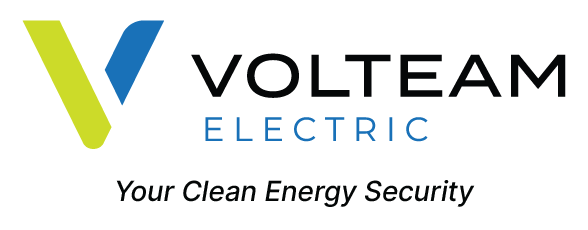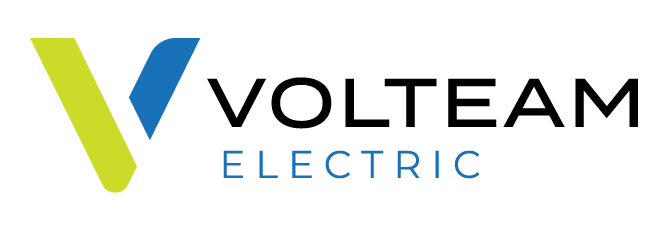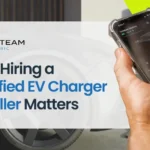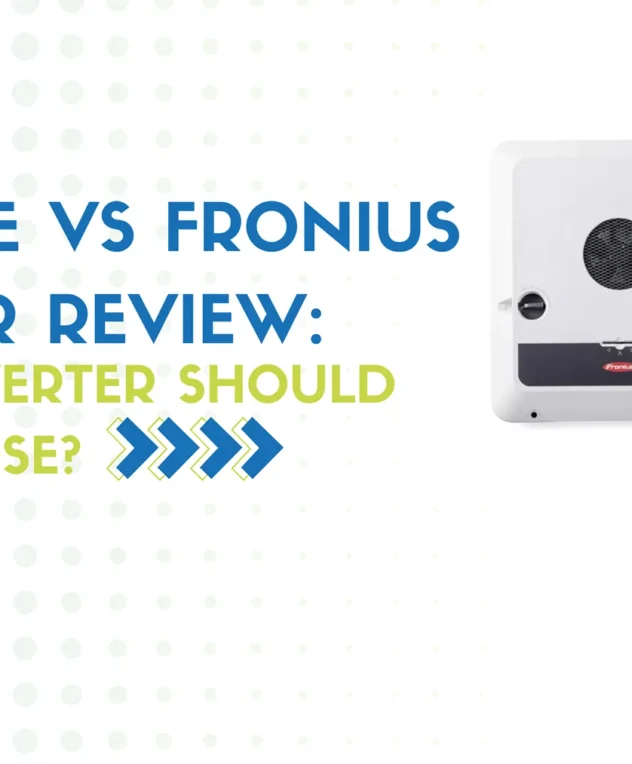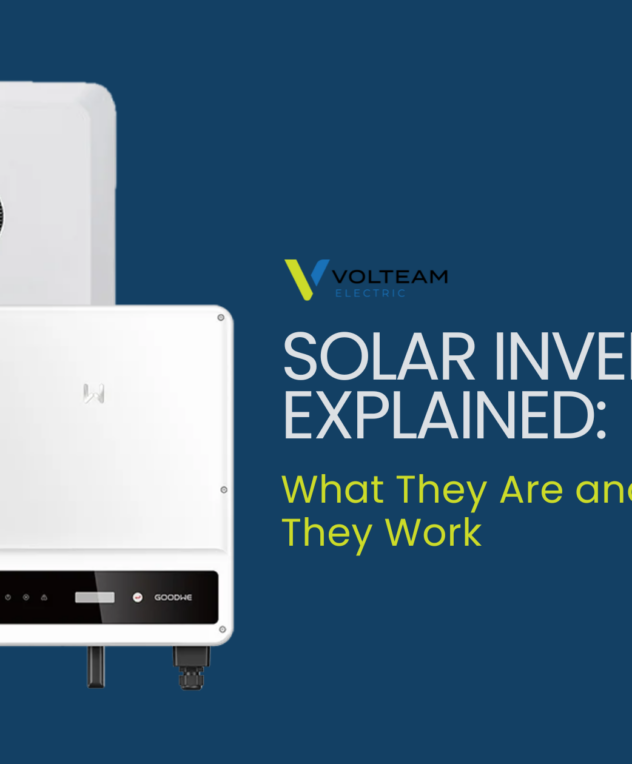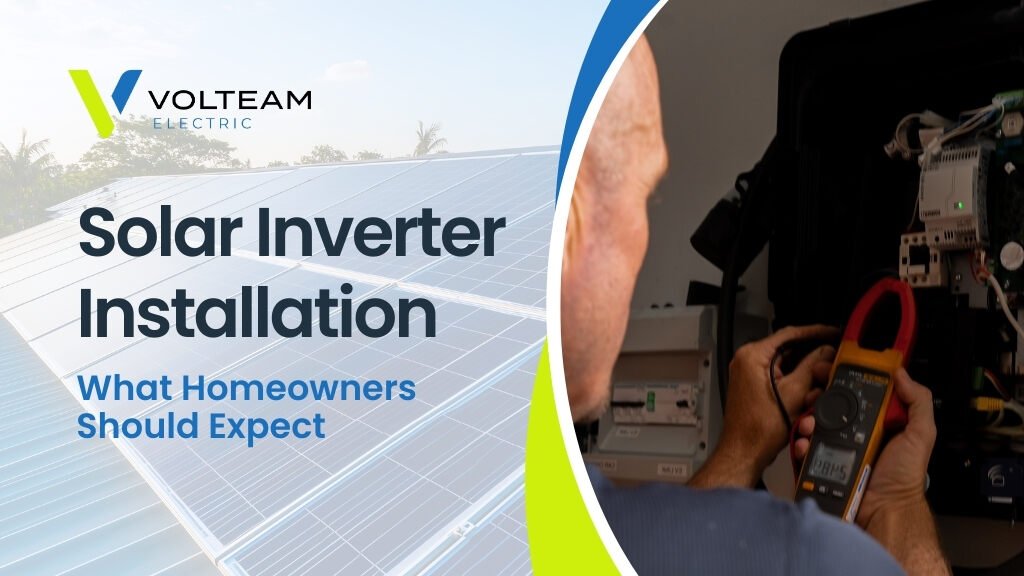
Solar Inverter Installation: What Homeowners Should Expect
If you are planning to set up your own solar system at home, you must be well aware of what solar inverter installation is. It is the centrepiece of your expensive power system, because without it, you cannot use the power you produce. It means that inverters convert the direct current of the photovoltaic cells to alternating current. Thanks to this simple science trick, you can use it to power your appliances without worrying about them blowing up.
What happens in the installation process? Let us find out.
Step-by-Step Solar Inverter Installation Process
1. Preparation and Planning
Things kick off with the most basic of all steps: choosing the right solar inverter. For this, there are many options. You can go for a String inverter, a microinverter, or a hybrid, and each one has its own perks. Research well, because that will ultimately decide whether the inverter you choose is actually useful to you. The usual guideposts include roof layout, energy consumption, and how much further you want to expand your system.
With this out of the way, select a cool spot for your new machine. Make sure it has enough room to properly do its stuff, and that other appliances do not interfere with its workings.
To know more about what solar inverters actually are, check our guide.
2. Wiring and Electrical Connections
Once the inverter is in place, electricians start making the electrical connections:
- The proper gauge of wire connects the solar panels to the inverter.
- Guaranteeing proper polarity, positive to positive, negative to negative.
- Connecting the inverter to the battery bank with safety-compliant terminals.
- Connecting the inverter to the primary switchboard or distribution panel of your house.
- Fitting crucial safety equipment like surge protectors and isolators.
To guarantee compliance with local codes and to avoid dangers like arc faults or ground faults, expert electricians follow high professional standards for solar inverter installation.
3. System Finalization and Testing
Once the wiring is finished, the system is turned on in grid-tied configurations and linked to the grid. To guarantee that all components are operating properly and that the inverter is converting energy efficiently, installers perform some tests.
Electricians also provide Instructions on how to read the inverter display, obtain performance statistics, and find any fault codes.
Types of Inverters: What’s Best for You?
- String Inverters: Best for systems with constant solar exposure. They are inexpensive and easy to set up; however, performance suffers if even one panel is shaded.
- Microinverters: To maximize efficiency, they are placed on every panel. Though they cost more, they are perfect for shaded or complex roofs.
- Hybrid Inverters: These operate with batteries and solar panels. They also enable energy storage and consumption during power outages.
Not sure which one is best? Here is a guide on the best solar inverters in Australia.
Solar System Types: Know Your Setup
- Grid-Tie Systems: Mostly used in houses, they provide extra energy to the grid.
- Off-Grid Systems: They need batteries and are perfect for far-off places.
- Hybrid Systems: They mix characteristics of both backup and flexibility.
Avoid These Common solar inverter Installation Mistakes
- Poor grounding can result in system breakdown and risky voltage accumulation.
- Incorrect cable sizing results in overheating and energy loss.
- Placement in direct sunshine affects performance and lifespan declines as a result of overheating.
A certified installer will help prevent these problems, maximizing efficiency as well as safety.
Maintaining Your Solar Inverter
Regular maintenance guarantees long-term performance; here’s how you can do it:
- Sight checks for dust, rust, or loose wires.
- To avoid overheating, clean the vents.
- Track results using the inverter’s app or display.
- Arrange yearly inspections with your installer so that problems are discovered early on.
In Summary
Solar inverter installation done properly lets you get all the advantages of clean, renewable energy. Though knowing the procedure is useful, installation should always be carried out by licensed professionals to guarantee compliance with safety criteria and best system performance.
Looking for solar inverter installers? Trust the specialists at Volteam Electric for expert installation and continuous support. Also, check our solar inverter catalog.
